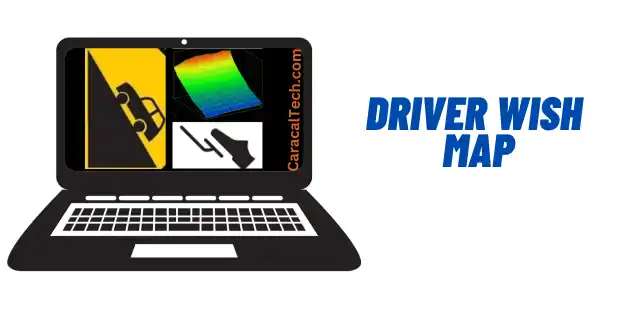What is a Torque Request Map?
The ECU (Electronic Control Unit) is responsible for managing the torque request when the driver presses the pedal. Torque-based engine management systems require various tables that allow the ECU to control the engine output torque model under all operating conditions. The ECU determines and calculates the torque request made by the driver based on the position of the accelerator pedal.
To define the total torque information required, a mathematical model consisting of several tables is incorporated into the ECU. As different engine operating modes and driving conditions exist, the torque request from the driver also varies. Hence, there are typically multiple tables for "torque requests by drivers".
Since the torque demand is the only interface between the accelerator pedal position and the engine control strategies, altering the driver wish map can easily influence the response of the vehicle corresponding to the pedal position.
Why Has Mechanical Throttle Body Turned To Electronic Throttle?
In “Mechanical Throttle mechanism", when the pedal was pressed, the cable opened the throttle. The amount of air entering the engine was precisely controlled by the driver pressing the accelerator pedal. But over time, due to increased accuracy in engine control and strict emission standards, and the addition of modern equipment such as TCS, ESP and etc. It was necessary to use electric throttle to control the amount of air entering the engine.
The use of electric throttle also improves the car's drivability. For example, when we change gears or release the accelerator pedal with vehicles with a manual gearbox, sudden shocks and torque intervention are prevented due to the ECU control over the throttle. Be aware that all vehicles with electronic throttle valves have control tables in the ECU called Torque request map or throttle mapping.

The horizontal axis on the table represents the percentage of pressing the accelerator pedal, while the vertical axis represents the engine revolution. The numbers in the table indicate torque requests in Newton Meters based on the percentage of driver request, and this table is also referred to as the driver request or driver wish map. (The green area is related to the state of the Full power mode or powerband zone.)
As the driver presses the accelerator pedal at different engine RPMs, varying amounts of torque are requested by the driver. For instance, when the driver pushes the accelerator pedal by 100% at an engine revolution of 6000 RPM, the driver is requesting 309 N.m of the available engine torque.
📍For more information and probable problems feel free to contact us: support@caracaltech.com
